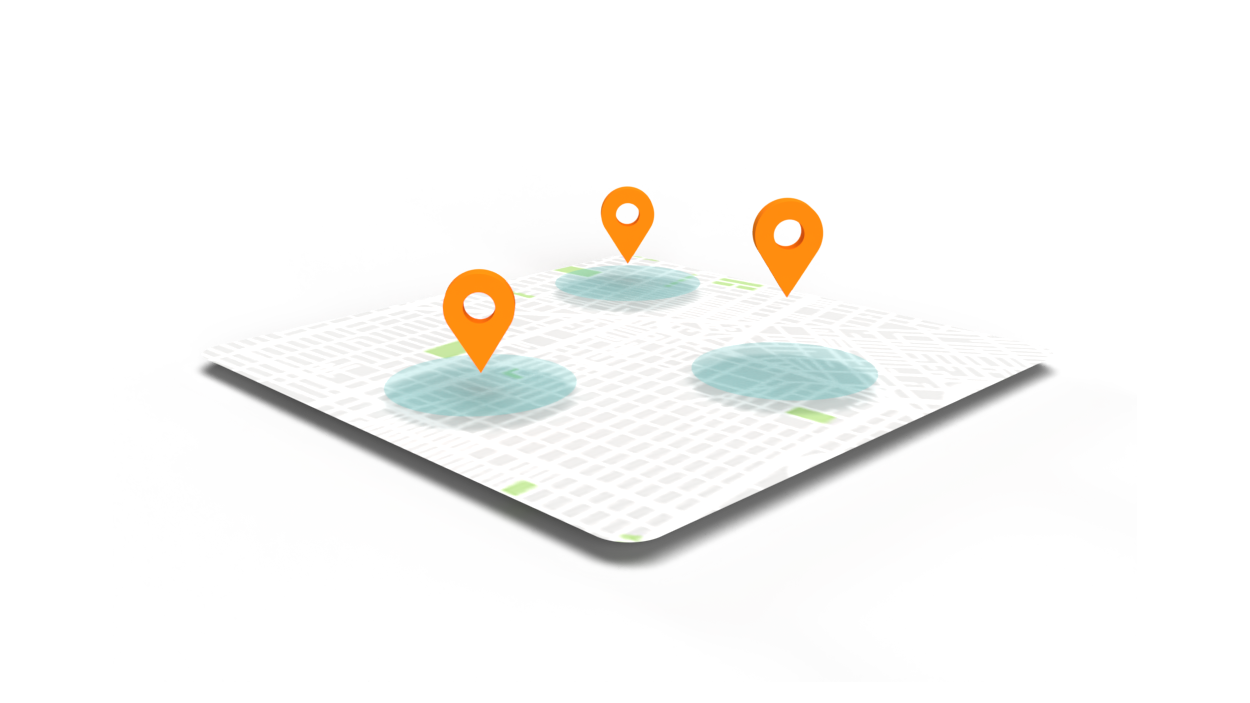Are you wondering how to measure market share for your business? There's more than one way to measure a market. Add foot traffic data to the formula to get real-time market research and competitive intelligence you can use to improve your company's market share.
In the past, you'd simply calculate market share by dividing your own total revenues by total industry revenue, thereby figuring out what percentage of the pie belonged to you. It's a reliable equation, but it relies on a rearview mirror approach, and doesn't provide much context or insight for retailers with individual or clustered sites they want to proactively manage against the competition.
A more modern approach to market share calculation is to use location data — specifically points of interest (POIs) and foot traffic — to gain competitive intelligence around visitation, dwell times, customer catchment area, and cross-visitation. You can see how much of the foot traffic in a given area your business is capturing, relative to your competitors. The great news is that your competitors already produce all this data for you. You just need to tap into it.
Their data is your competitive advantage
Your competitors don't own their foot traffic data, at least not the data that comes from other parties' apps. That's all available (safe and anonymized) on the open market. Your competition is free to access that data but so are you. How is that information valuable in terms of sorting out a better market share formula? Let's break down a few of the competitive intelligence use cases for using foot traffic to understand retail market share:
Establish a map of the competitive landscape
A catchment area is the geographic area from which a given POI draws its visitors. It can be defined using a buffer area on a map, measuring walk and drive times, or by using mobility data. By studying the origin of customer's foot traffic, you can see where they are coming from, the routes they are taking, and how long or far they must travel to reach your location. This is one way to understand your local market.

Measure mobility around a given store or POI
Any competitor's store can be defined as a POI, meaning you can track foot traffic to and from it. You won't see which products or services they buy, but you will see when people visit, how often, and for how long. The old adage in retail used to be that higher dwell time meant higher transaction value, but the Covid-19 pandemic has largely obviated that. In some industries, including car rental, fewer and shorter visits can actually now mean business is up.
By measuring foot traffic at your competitors' stores, you can start benchmarking performance and understand your respective market shares.
Measure cross-visitation between brands and locations
There is a pretty good chance that many customers visit both your own and competitor's locations. There is a 100 percent chance that your customers cross-visit with other, potentially uncompetitive brands, and that those visits are significantly influenced by the local presence of a major grocer, or big box retailer, such as Costco.
By measuring cross-visitation across all retail brands and locations, you can inform your overall retail strategy and find the product gaps and potential partnerships that may bolster your market share.

Inform site selection
Retail site selection teams, real estate brokers, and regional economic development groups all use foot traffic data to assess potential physical sites, advise investments, and sharpen their brick-and-mortar strategies. For an example, look at this Jupyter notebook to see how clients can use our data to evaluate new retail sites. This example will show you how to examine area foot traffic, competing venue foot traffic, and respective catchment areas in light of site selection.
When you have a good understanding of foot traffic and catchment area trends in your market, you can identify gaps in local markets where you might gain a new advantage. Similarly, with migration pattern data, you can manage risk by quickly identifying if your target audience is moving away from a specific market, or if market demographics are shifting in some way.
Mitigate pain points in the supply chain
Location data offers deep insights for the entire retail supply chain. Real-time foot traffic metrics are ready to be ingested into your models to help you make more strategic decisions and outperform competitors. You can even use foot traffic to understand how your business is doing in the midst of a recession and specifically where you may need to pull back on supply.
You can learn more about Unacast's unique methodology here or find more whitepapers and blog posts about foot traffic and increasing market share here.








